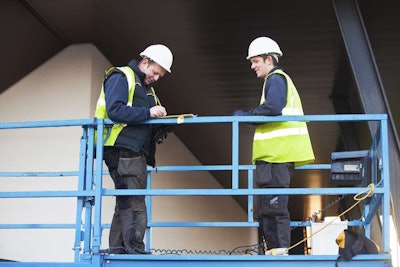
It’s a good idea. These are all great programs with lots of resources available for construction companies in need of safety material. However, while communicating safety data and strategies on a broad scale works well at the top level, that information must be processed and filter throughout each individual construction firm.
Communicating across firms is a great way to open a dialogue, but you also need a micro-level dialogue in your own firm. How do you foster a culture of communication on your own jobsite?
There’s obviously no perfect safety program. You should get as close to one as you can, but realize that encouraging frequent and open communication between workers is the best way to keep everyone safe.
1. Plan
There may be no such thing as too much pre-planning with respect to a construction site. Yes, you conduct weekly toolbox talks, but ask your crew leaders to meet with the crews—and with each other—for a few minutes each morning to talk about concerns, problems encountered during the previous day’s work and unexpected hazards that have presented themselves. The more every worker knows about what’s going on—and what could possible happen—on the site, the better.
2. Listen
It’s difficult, sometimes impossible, to hear what’s going on around you on a busy jobsite. Your crew leaders and operators need to get into the habit of actively listening not only to you, but also to each other. Your foremen should be regularly asking for feedback from the crews, and passing along any information learned.
3. Signal
Clear, easily identifiable, uniform hand signals are perhaps some of the simplest, yet most powerful weapons in your safety arsenal. Too many accidents happen because workers on the ground are forced to try to shout at an equipment operator to stop, particularly when the operator misunderstands what they’re being told. Implement consistent hand signals and train your employees to be well versed in what the signaling represents. Practice makes perfect; the more your workers use hand signals, the better they’ll be at it. Since your equipment operators will become accustomed to seeing the signaling on the site, they’ll be more likely to be on the lookout for other workers signaling them.









